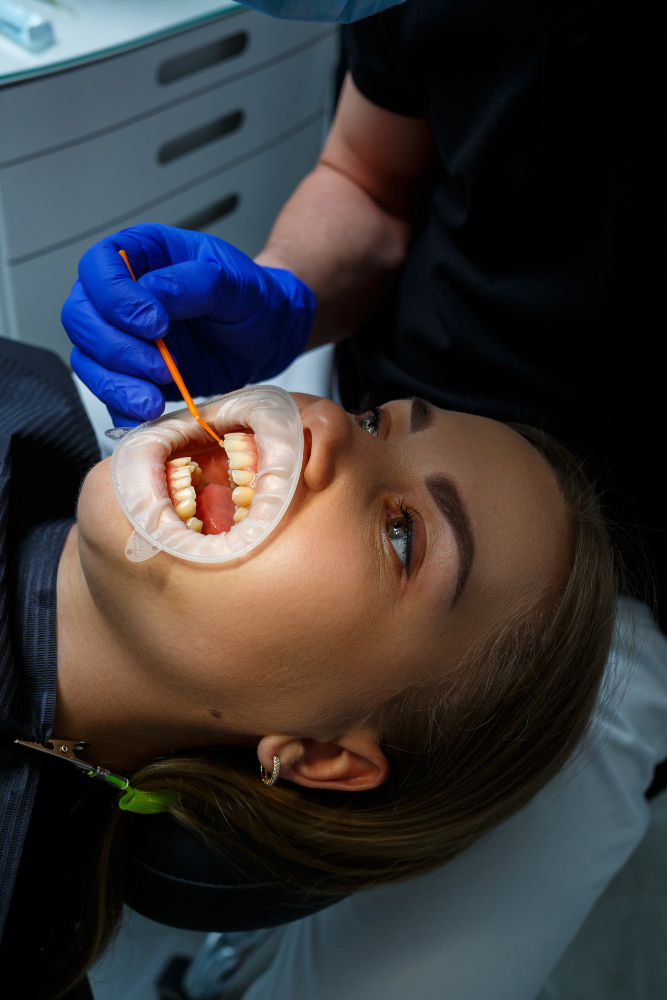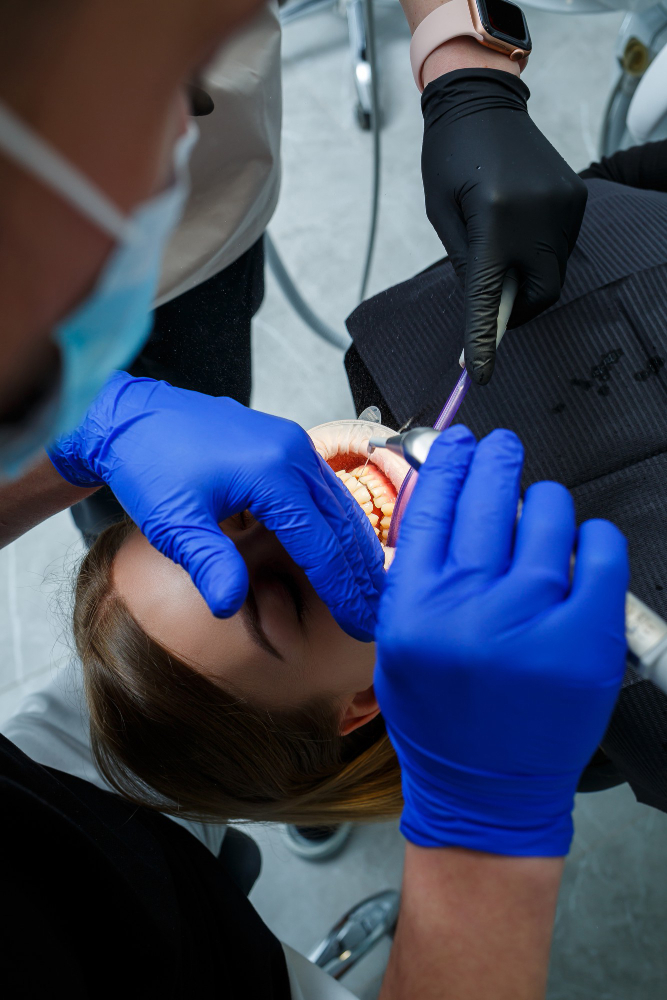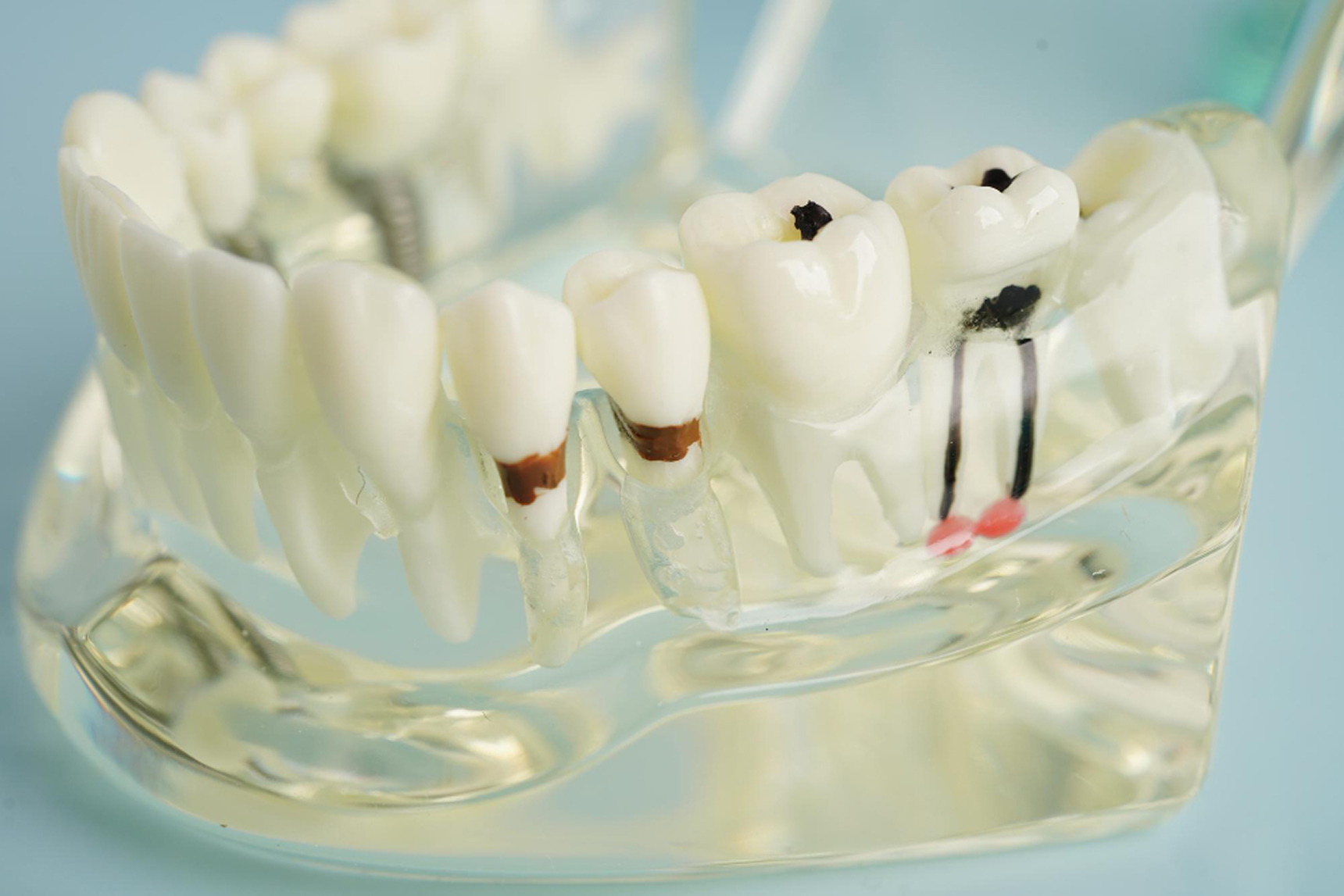

Even when a root canal seems to succeed initially, bacteria or leakage can cause reinfection over time, leading to discomfort, abscess formation, or radiographic signs of pathology. Retreatment involves carefully reopening the tooth, removing old filling materials, disinfecting canals, and resealing them to restore health.
City Clinic’s endodontists employ advanced imaging (e.g., CBCT), magnification, and precise instrumentation to detect missed canals, residual infection sources, or structural issues from the first treatment. This meticulous approach maximizes the odds of successful healing.

1
2
3
Duration:
Number of Sessions:
Recovery / Downtime:
Pain Level:
Pre-Treatment:
Post-Treatment:
Short-term: elimination of symptoms (pain, swelling) and resolution of infection.
Long-term: preservation of the tooth with restored function, avoiding extraction.
• Teeth with structural damage or fractures beyond repair
• Poor periodontal support or bone loss making tooth stability doubtful
• Untreated gum disease or infection in neighboring areas
• Presence of posts, cores or obstructions
• Number of canals and complexity of anatomy
• Use of advanced imaging or surgical tools
• Needed restoration (crown, filling) post-treatment




